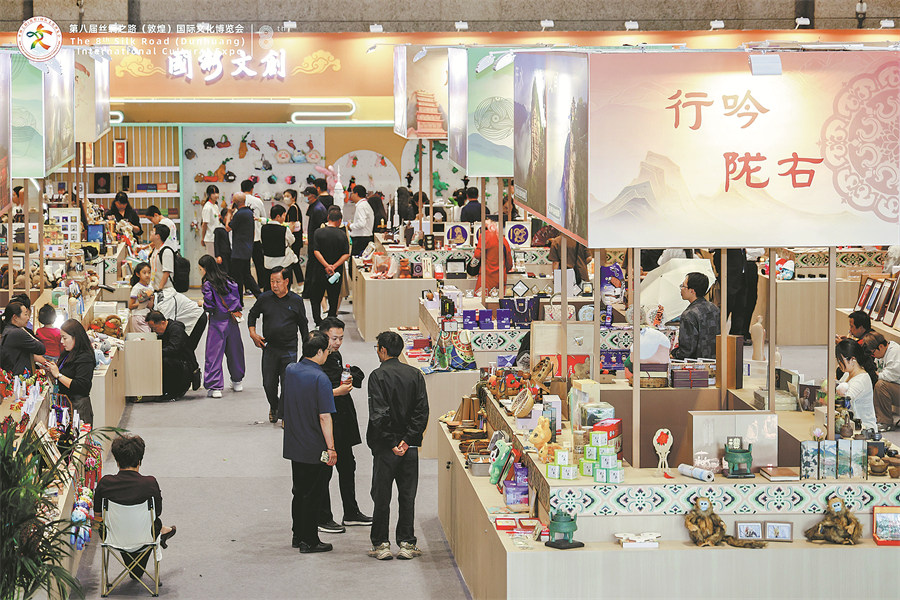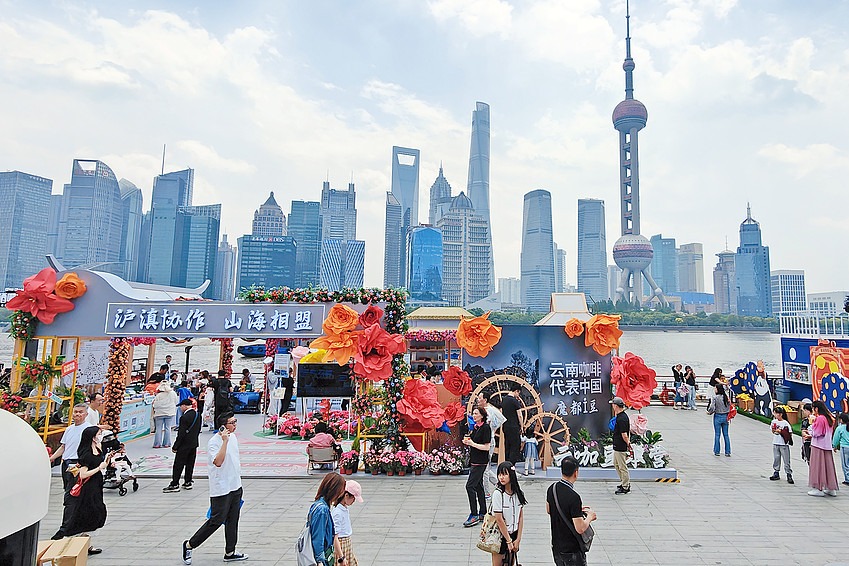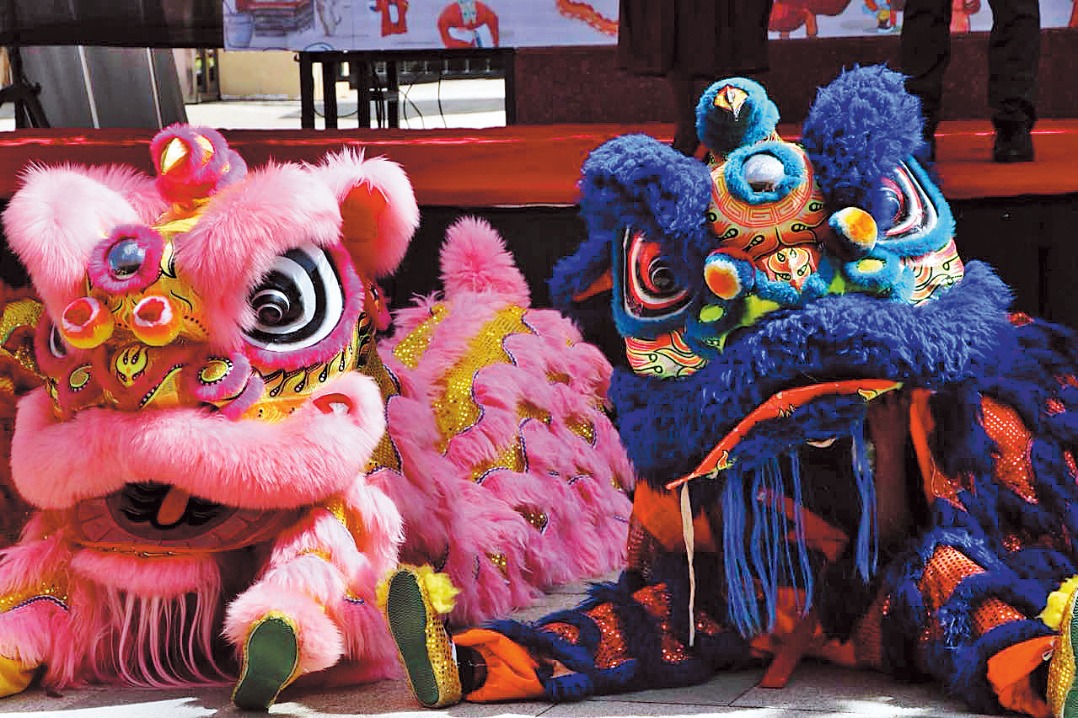The sands of time hold the future


Over 1,200 Chinese and international participants, including officials, artists, scholars, and schoolchildren, joined performances, forums and exhibitions, in addition to visiting classic and emerging destinations in Dunhuang.
Bangladeshi artist Mong Mong Sho, who joined 20 artists from 12 countries to retrace the Silk Road across Gansu in August, says the two paintings he displayed at the expo convey his feelings of fusing the ancient and modern, the local and global.
"We had a conversation with history, culture and nature. At the Mogao Caves in Dunhuang, facing those murals and statues that have been sleeping for thousands of years, it felt as if we were having a timeless conversation with ancient souls. The dancing figures of the flying apsaras and the colors deeply touched my heart," he says.
"As the Buddhist stories etched here have roots in the Indian subcontinent, I find powerful echoes of my own culture and history in every mural and sculpture."
He included depictions of flying fish from Bangladesh, which also remind him of the fishing culture in Iceland, where he also lived.
"My flying fish continually strive to learn from every layer of this magnificent art, absorbing its wisdom and beauty. The lively flying fish are me and my companions — a new generation of artists and explorers, bringing a fresh, imaginative perspective to a place steeped in tradition. This flying fish symbolizes my journey and my hope for a bright future.
"It represents my personal dream of taking flight and connecting my story to the grand shared chapter of the Silk Road. It's about honoring the past while celebrating the boundless possibilities of the future."
























